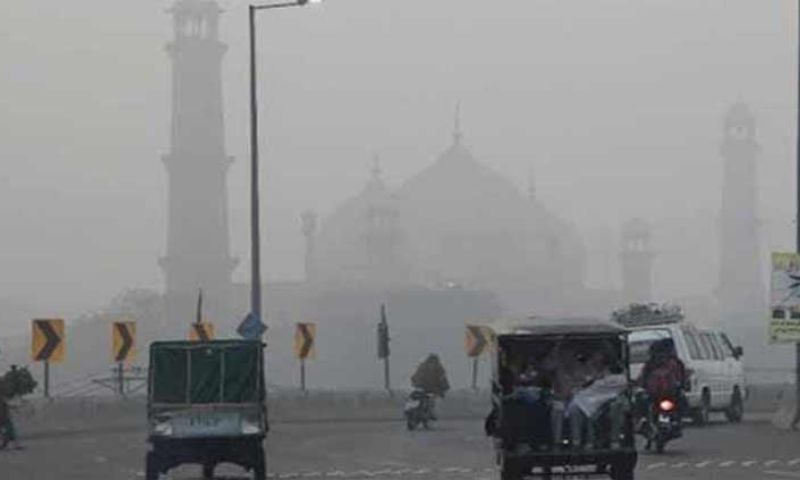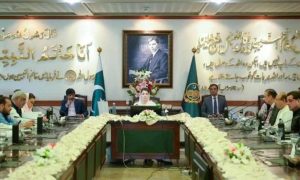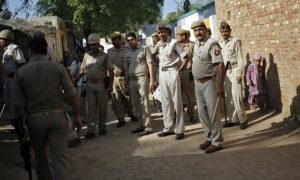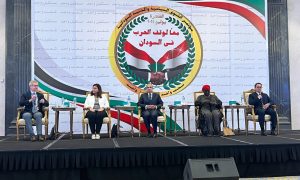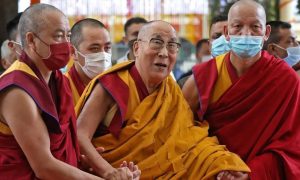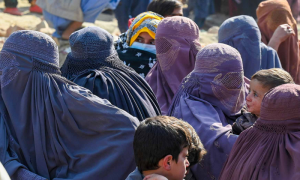LAHORE: As Lahore grapples with another smog-filled winter, the city finds itself once again topping the charts as the most polluted during the last week of November. Despite efforts such as a smart lockdown and traffic bans, Lahore’s residents are exposed to dangerous airborne pollutants, leading to various pollution-related health issues.
Environmentalists and the public point to unbridled growth, poorly planned development projects, and untimely initiation of construction work as contributors to the surge in airborne dust particles. The lack of coordination among city management further complicates the situation, rendering various measures by the caretaker government less effective in combating smog and deteriorating environmental conditions.
During the recent week, Lahore’s air quality remained very unhealthy, leaving residents waiting for tangible results from various civic authorities. Agencies like the Punjab Environment Protection Agency (EPA), Lahore Waste Management Company (LWMC), Water and Sanitation Agency (WASA), Traffic Police, Horticulture department, and Provincial Disaster Management Authority (PDMA) are actively involved, yet visible improvements are still awaited.
The EPA claims to have taken action against industrial units, sealing violators, lodging FIRs, and imposing fines, but the overall situation remains challenging. Simultaneously, the LWMC’s enforcement wing has cracked down on violations, issuing fines for burning waste in open spaces. Despite these efforts, the smog situation persists.
The Parks and Horticulture Authority and PDMA have also launched campaigns to control pollution and declared smog a calamity, imposing fines and taking legal action against polluters. The Punjab Transport Company has targeted polluting vehicles and those using prohibited fuel, demonstrating a stringent approach.
However, on the ground, the reality paints a different picture. Thousands of citizens are falling ill due to uncontrolled smog, with major hospitals receiving a surge in patients with respiratory and lung diseases. Health experts warn that smog intensifies existing diseases, posing a significant risk, especially to children and the elderly.
To address this pressing issue, better-coordinated efforts among provincial government organs are urgently needed. Increasing forest cover, promoting electric vehicles and cleaner fuel, reducing transport burden, implementing efficient time management for development, and ensuring better cleanliness are crucial steps. Since fog and smog are trans-boundary phenomena, cooperation beyond routine measures is essential.
There is also a call to tighten the noose around bureaucratic officials, urging them to actively check open burning of crop residue, particularly along major highways. The battle against smog in Lahore demands a comprehensive and collaborative strategy to protect the health and well-being of its residents.









